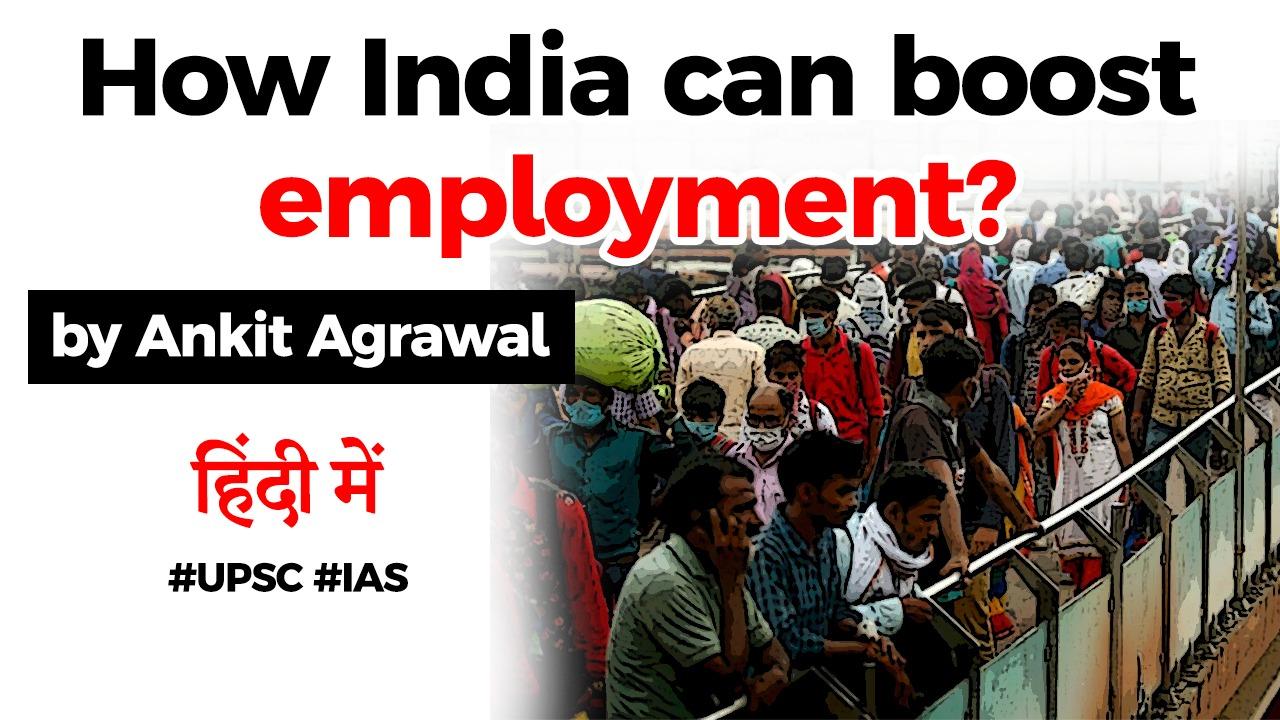Table of Contents

Introduction
- Over 85% of employment in India is in the informal sector. An unplanned national lockdown halted economic activity and wiped out livelihoods, especially of informal workers.
- Left with nothing, we saw reverse migration on an unprecedented scale — some 10 million people abandoned cities to return to their native villages.
- As things are returning to normal, the priority for addressing our most chronic social problems has reduced.
- We must not waste this crisis.
- There are three problems we must address:
- Labour regulation,
- Living conditions for migrant labour in cities,
- The strength of our rural economy.
Labour regulation
- Labour regulation must start with a clear recognition of facts:-
- We have stringent labour laws to protect workers, but this covers only the formal sector — under 15% of employment.
- This “labour aristocracy” has almost complete protection, and employers have almost no flexibility.
- The 85 per cent of our workforce who are informally employed, meanwhile, have almost no protection, and employers have almost complete flexibility.
- We need to address both ends of the labour spectrum to get the balance right between flexibility and protection for all labour.
- Everyone must have a minimum level of protection, and every employer a minimum level of flexibility.
- This calls for a new social contract to define a well-calibrated social security system.
- This huge project demands good faith and strong leadership by industry, labour and government.
- It will take years to get it right, but if we don’t fix our employment system now when this issue has achieved such prominence, we will always regret the missed opportunity.
Living conditions in our cities
- For too long, we have been content to drive by slums where some of the people who clean our homes, deliver our goods, and repair our equipment live in squalor.
- How do we set in force a massive private home-building programme?
- It probably needs much more liberal land-use regulations — our cities have among the least generous floor-space indices (FSI) in the world.
- New York, Hong Kong, and Tokyo have an FSI five times Mumbai’s.
- If five times as many people can live in the same area, it would drastically reduce rents for quality housing in our cities.
- Again, this is a multi-year project, and it involves state and city governments partnering with private developers.
Strengthening the rural economy
- Reverse migration is also an opportunity to collaborate in spreading the geographyof development.
- We need a three-pronged approach:-
- First, the easiest way to grow farmer incomes is by having them grow more value-added crops.
- Fruits and vegetables have great export potential, and exports must be consistently encouraged and not switched on and off as domestic prices change.
- Also the cultivation of palm plantations has the potential for huge import substitution.
- Second, we need to encourage agro-processing near the source.
- Fostering entrepreneurship in rural and semi-urban areas would combine nicely with local processing.
- Third, we need to invest even more massively in rural connectivity.
- Today along with road connectivity we need digital connectivity.
Conclusion
- The task is huge, and only collaboration between all levels of government (Union, state, and city) and our dynamic private sector can hope to make substantial progress.
- Let’s use our unprecedented health and economic crisis to truly build a new social contract as our commitment to India@75.
Latest Burning Issues | Free PDF






















 WhatsApp
WhatsApp